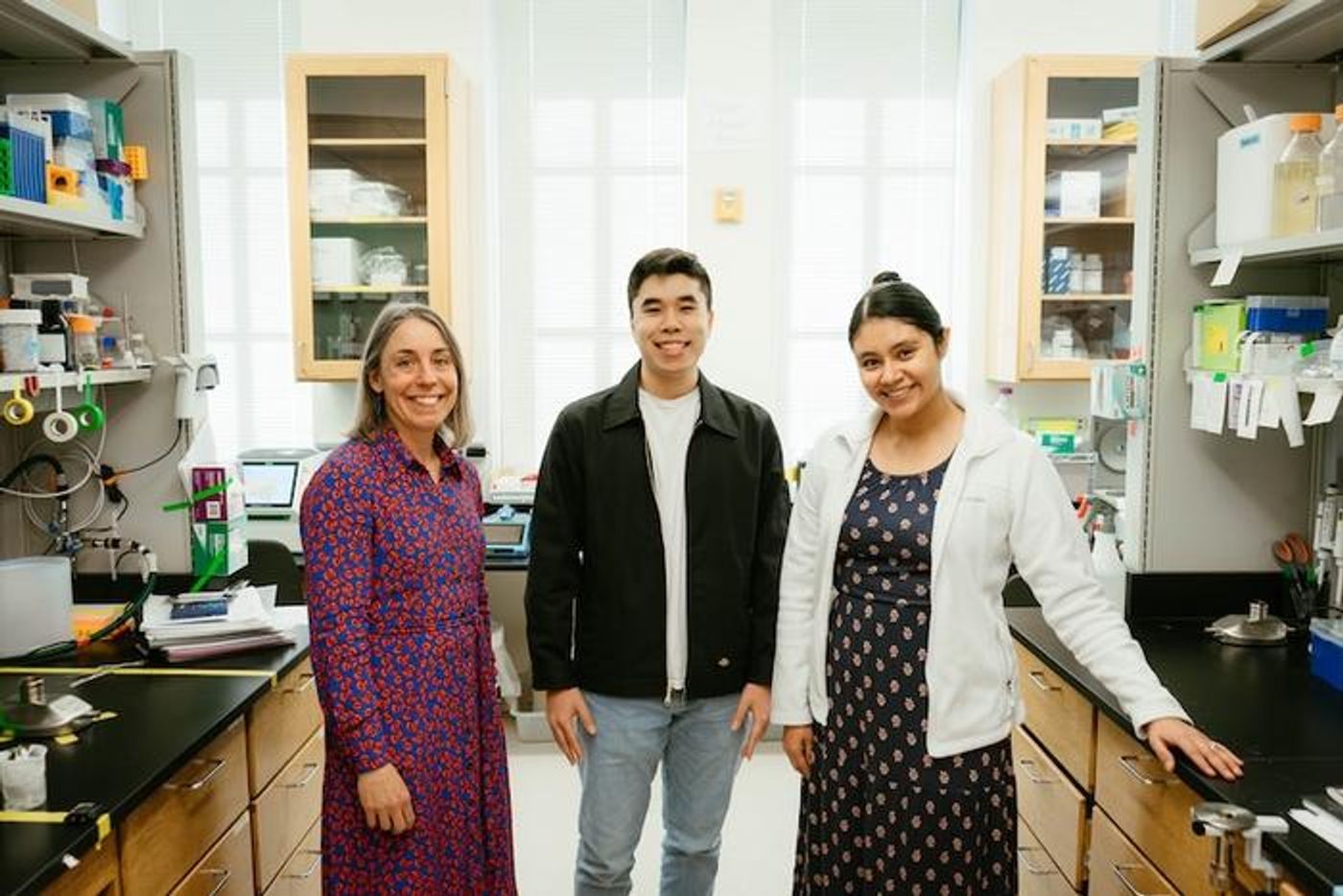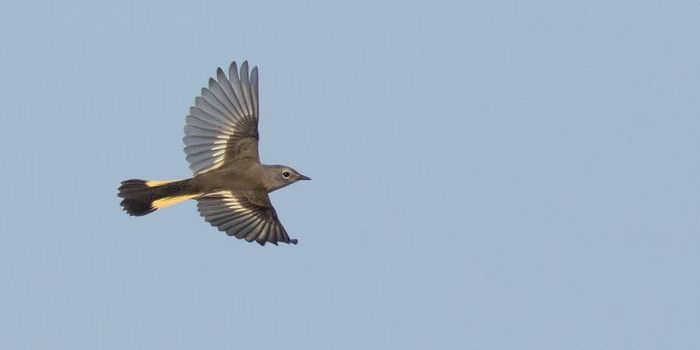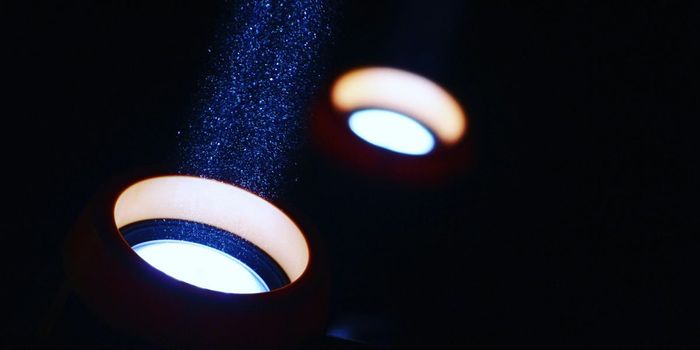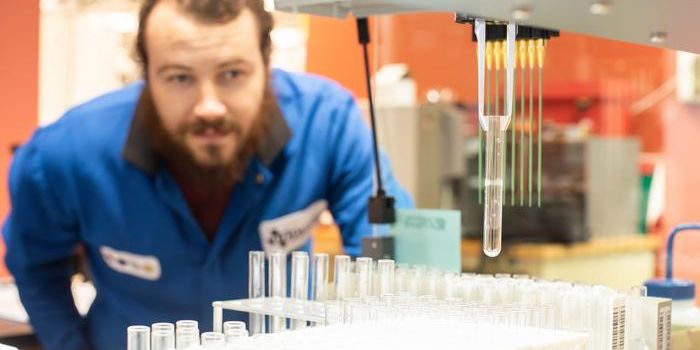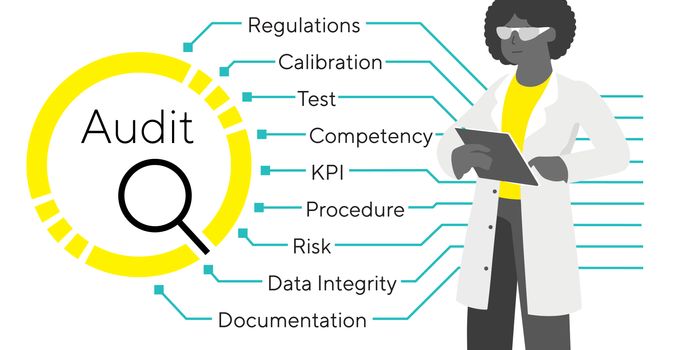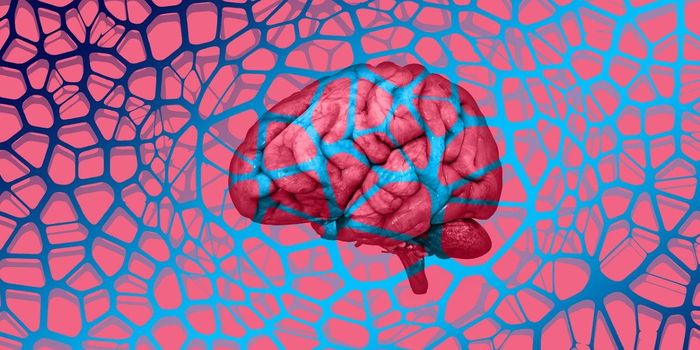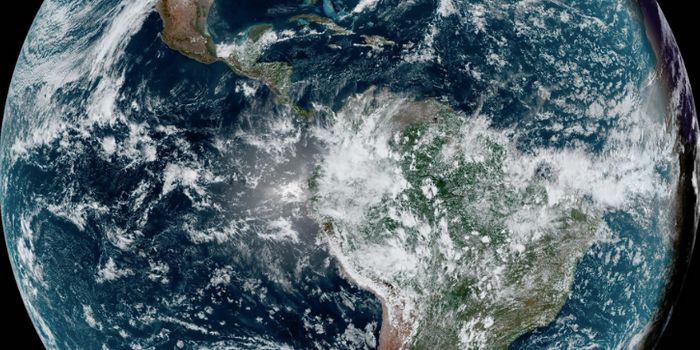Harnessing Synthetic Biology to Build Smarter, Stronger Living Materials
How can the field of synthetic biology help improve engineered living materials (ELMs)? This is what a recent study published in ACS Synthetic Biology hopes to address as a team of researchers led by Rice University investigated how specific proteins could be genetically modified to exhibit specific behaviors that can potentially contribute to 3D printing of living organisms, drug delivery, and tissue engineering.
For the study, the researchers built upon previous work involving the bacterium Caulobacter crescentus that was engineered to create a specific protein they manipulated to enable the bacterium to grow into specific structures. For this recent work, the researchers continued their protein manipulation to create new structures whose fibers exhibited greater strength and dexterity while other fibers were thin and could handle less stress. Additionally, the team discovered the material’s weight consisted of approximately 93 percent water, indicating it can potentially be used for tissue engineering purposes since the heavy water weight could support cell growth.
“This study is one of the first to focus on building living materials from the ground up with tailored mechanical properties rather than just adding biological functions,” said Esther Jimenez, who is a Biochemistry & Cell Biology PhD student at Rice University and lead author of the study. “By making small tweaks to protein sequences, we’ve gained valuable insights into how to design materials with specific mechanical properties.”
Study authors Dr. Caroline Ajo-Franklin, Carlson Nguyen, and Esther Jiminez. (Credit: Rice University)
As noted, the potential applications of this research include biomedical like drug delivery or 3D printing of living organisms, but this research could also potentially be used for environmental purposes, including renewable energy and cleanup.
How will this synthetic biology contribute to ELMs in the coming years and decades? Only time will tell, and this is why we science!
As always, keep doing science & keep looking up!
Sources: ACS Synthetic Biology, EurekAlert!, Wikipedia
